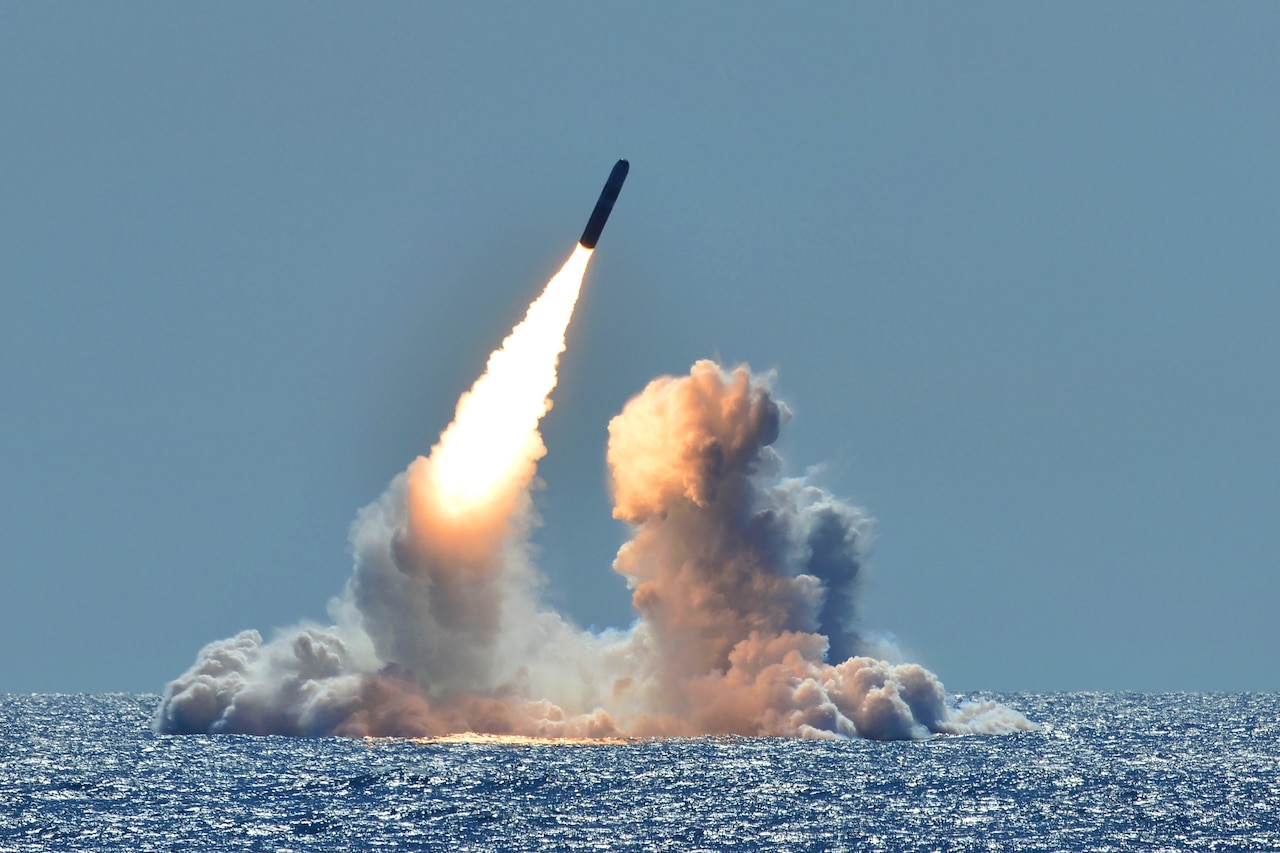
The Defense Department's newly released Defense Space Strategy addresses new realities in space: great power competition and militarization of the domain, the deputy assistant secretary of defense for space policy said.
"The Defense Space Strategy provides strategic direction for departmentwide changes to policies, doctrine, capabilities, operations and partnerships, to ensure U.S. space superiority, to secure our nation's vital interests in space," Stephen L. Kitay told reporters during a news conference yesterday at the Pentagon. "Our desired conditions are a secure, stable and accessible space domain."
The new strategy, he said, involves maintaining space superiority; providing space support to the national, joint and combined operations; and ensuring space stability. The department will achieve these conditions with four lines of effort:
Building a comprehensive military advantage in space;
Integrating military space power into national, joint and combined operations;
Shaping the strategic environment; and
Cooperating with allies, partners, industry and other U.S. government departments and agencies.
"The Defense Space Strategy lays out a path that embraces space as a unique domain of national military power, and together with other domains, underpins joint and combined operations to advance national security," Kitay said.
The new strategy comes as the intelligence community has begun to understand that competitors are now moving aggressively into the space domain and have made efforts to weaponize it, Kitay told reporters.
"China and Russia have weaponized space and turned it into a warfighting domain," he said. "Their actions pose the greatest strategic threat with the ongoing development, testing and deployment of counterspace systems and the associated military doctrine designed to hold the allied and U.S. space systems at risk."
As examples, Kitay said China and Russia are now developing jamming and cyberspace capabilities, directed energy weapons, on-orbit capabilities and ground based anti-satellite missiles to achieve their own goals in space.
He cited two reports — "Challenges to Security in Space" by the Defense Intelligence Agency and "Competing in Space" by the National Air and Space Intelligence Center — in providing examples of both Russian and Chinese militarization of space.
"These documents will tell you that China and Russia are developing and planning to use capabilities that threaten our space systems and those of our allies," he said. "Since last year, when those [reports were released], China and Russia have been conducting highly sophisticated on-orbit activities, which pose unprecedented new dangers to U.S. and allied space systems."
Kitay said he believes the United States is still ahead of Russia and China in space, but that the lead is diminishing rapidly and the U.S. is "absolutely at risk" with the pace at which they are developing capability.
"The Defense Space Strategy lays out a path that embraces space as a unique domain of national military power, and together with other domains, underpins joint and combined operations to advance national security," he said.
"strategy" - Google News
June 19, 2020 at 03:37AM
https://ift.tt/3difr06
Defense Space Strategy Addresses Militarization, Competition > US DEPARTMENT OF DEFENSE - Department of Defense
"strategy" - Google News
https://ift.tt/2Ys7QbK
https://ift.tt/2zRd1Yo
Bagikan Berita Ini















0 Response to "Defense Space Strategy Addresses Militarization, Competition > US DEPARTMENT OF DEFENSE - Department of Defense"
Post a Comment